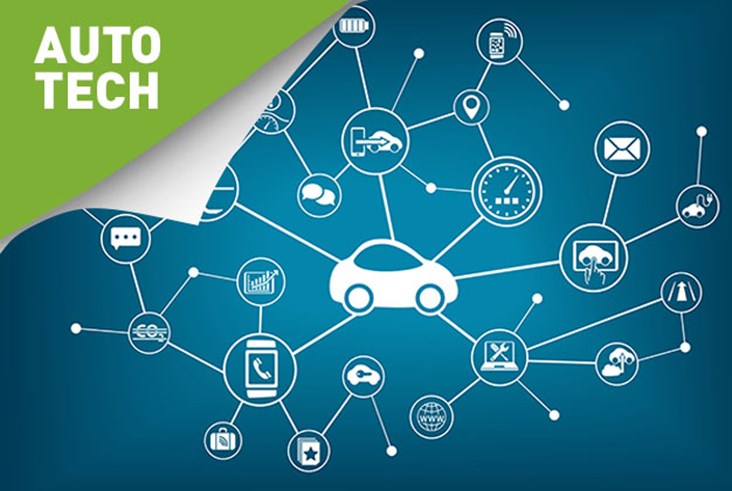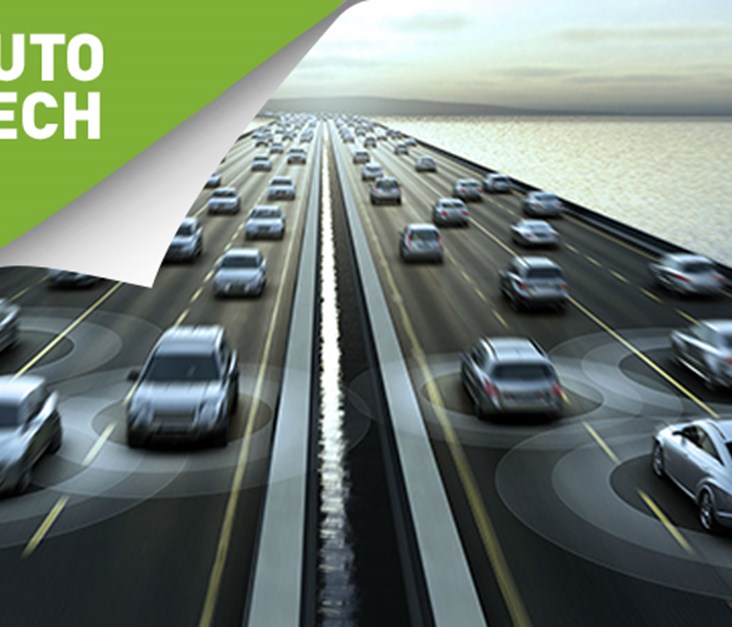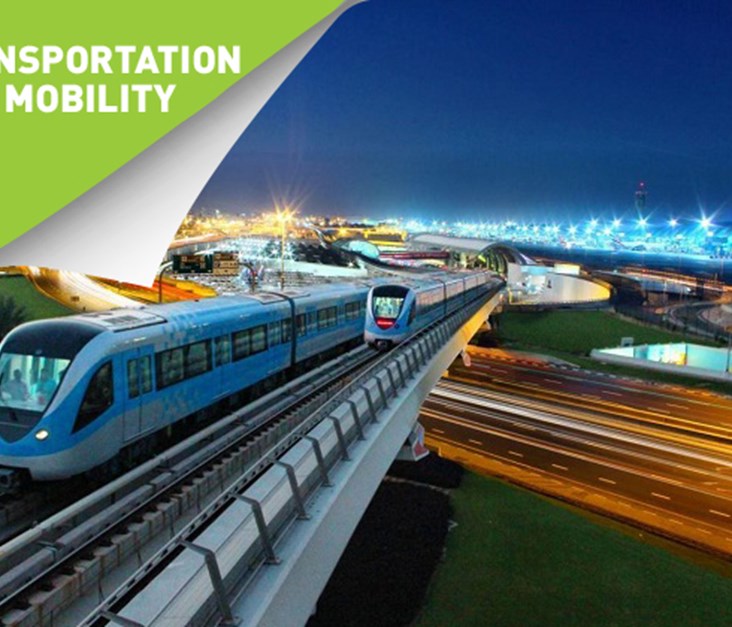Upcoming Automotive Tech Trends of 2017
Back
It’s always hard to keep up with automotive technological trends, fueled by ever-changing consumer demands. Therefore, we’ve combined a list of the popular upcoming automotive trends of 2017.
1. Autonomous Vehicles
With all the current hype surrounding vehicle automation, driverless cars will soon be a reality. Automated driving features have already started showing up in many of today’s commercial vehicles, with continuous R&D and innovation from automakers. Most premium autonomy offerings provide radar and sensor based cruise control, advanced and capable enough of keeping up with stop-and-go traffic, lane-switching and collision avoidance, all with minimal to no input from the driver. Today’s autonomous cars have just begun showing their capabilities. Tesla, the first to introduce autonomous driving features in commercial cars, has proved to the public that autonomous driving will be achievable in the near future. Tesla’s Autopilot capabilities has proven itself and has thus attracted much competition from other major automakers. With more competition entering the space, autonomous technology will experience rapid development in coming years. For more information on autonomous vehicle technology and innovation, you can read our Auto Tech release “Autonomous Cars: The Future is Here”.

2. Connected Cars
With autonomy comes car connectivity. Many automakers are currently trialing their connected car systems, which will allow cars to interact with one another and their surroundings. The main motivation behind connected car technology is providing enhanced safety to drivers. Such technology will allow next-gen vehicles know of obstructions and potential hazards before any human possibly can. For example, a broken down car on a risky bend will be able to send out distress signals to a central server, which then warns other cars in the vicinity - avoiding any possible collisions. This technology, dubbed Car-to-X, will work best when the majority of cars and roadside infrastructure feature compatible communication technology. Through the communication between car and infrastructure, the system can provide assistance in the case of road traffic. Through this communication, signals can be sent to vehicles notifying them of the density of traffic in a particular area, giving drivers the ability to re-route and essentially save both time and money.

3. Infotainment Systems
Nowadays, most cars comes standard with a touch screen display in the middle of the dashboard. As one of the most popular tech features, automakers constantly innovate and develop their infotainment systems to offer higher definition displays, more controls and better connectivity. The technological advancement of these systems has invited competition from various industries. Despite their dominance in their respective industries, it has taken a long time for Apple and Google to penetrate the automotive sector with its in-car iOS and Android systems. However, with automakers focusing on innovation, Apple CarPlay and Android Auto have started to become available on 2016 cars from automakers in different classes. Ferrari, Porsche, Audi, Ford, VW and Hyundai are some of the few offering these infotainment systems as optional features.

4. Active Rear Steering
Mostly seen in sports cars and supercars, active rear steering (ARS) provides improved vehicle handling, assisting drivers by automatically controlling the steering angle of the vehicle’s four wheels according to speed. ARS helps improve stability and response at high speed while also helping reduce the driver’s steering workload at low speed. At speeds below 50kph, the rear wheels are steered up to 2.8 degrees in the opposite direction of the front wheels. This effectively reduces the car’s wheelbase, making it more maneuverable at low speeds. When the car is travelling over 80kph, the rear-axle steering turns the rear wheels up to 1.5 degrees in the same direction as the front wheels. This effectively lengthens the wheelbase, making the car more stable in high-speed corners. ARS was first introduced last year, with Porsche’s release of the 918 supercar. Since then, ARS technology has been adopted by several automakers and has been made available on sports cars and even luxury sedans.
5. EVs & Hybrids
EV and Hybrid technology was very popular during 2016. Tesla’s accomplishments in the EV space have welcomed many automakers to participate in the race to fully-electric vehicles. On the other hand, hybrid vehicles have also been in the spotlight. Hybrid technology has proven to be a popular way to reduce emissions and increase performance in modern cars. Having been around for quite some time, found in cars such as the Toyota Prius and even SUVs like the Chevy Tahoe, 2016 saw an increase in the number of hybrid vehicles. Automakers have noticed the advantages of such technology and have leveraged it to create high performing supercars. These include the Porsche 918, Ferrari LaFerrari, Mclaren P1 and most recently, Honda's NSX. Hybrid vehicle technology provides numerous advantages:
- Regenerative Braking. Regenerative braking recaptures energy normally lost while coasting or braking. The mechanism uses the forward motion of the wheels to turn the electric motor and store energy. This generated electricity can be used by the electric motor to help slow the vehicle, prolonging the vehicle’s braking system.
- Dual Power. The electric motor provides power to assist the engine in accelerating or hill climbing, giving the driver some extra horsepower. This added power allows for a smaller, more-efficient engine to be used. Most hybrids are even capable of driving solely using the electric motor at low speeds (where gasoline engines are least efficient).
 6. Adaptive Headlights
6. Adaptive Headlights
With automotive innovation going into full swing in recent years, much has been improved and developed, including vehicle headlights. It might be the last thing you’d expect, but headlights are getting ridiculously “smarter”. First of all, the use of new laser technology has provided drivers with better road vision and brighter headlight illumination. This laser technology, paired with adaptive headlight technology, provides a considerable boost to driving safety, allowing headlights to adjust in order to effectively illuminate the road as well as not dazzle oncoming vehicles. Adaptive headlight systems are made up of several subcomponents that are monitored and controlled by the vehicle’s ECU. These subcomponents include:
- Wheel speed sensors that monitor the speed of rotation of each wheel
- Yaw sensor that tracks a vehicle’s side-to-side movement
- Steering input sensor that monitors the angle of the steering wheel
- Motors attached to each headlight.
The data from the sensors are interpreted by the ECU which adjusts the headlights according to the vehicle’s speed and the roads angle and curve. Adaptive headlights also include a self-levelling system, helping to prevent headlights from pointing too far up or too far down when driving up or down hills.

7. Virtual Reality
Virtual reality technology has been transforming the gaming industry since it was first introduced, offering gamers new levels of immersion. VR technology applications are vast, so it comes as no surprise that the auto industry is starting to capitalize on the promotional benefits of such technology. Automakers have begun providing potential consumers a virtual tour of new car models. The first manufacturer to bring this idea into fruition is Jaguar-Land Rover, which has begun rolling out its own VR and Augmented Reality experiences to US dealerships. Starting with the new Land Rover Discovery, every new vehicle launch will be viewable in VR, allowing you to see and interact with a life-size model through a VR headset. Animations will explain technical specs of the car, and you’ll also be able to explore the interior in 360 degrees from various viewpoints. Other automakers are also hopping on the VR train - Audi, for one, will also allow customers to use VR goggles to experience every Audi model in a range of environments in the near future. Customers will be able to "build" the car, including its color and features, and even hear what it sounds like. Such technology vastly improves the purchasing experience and allows the customer to make an informed decision on the vehicle they want to buy.

Latest Business
Intelligence Report














